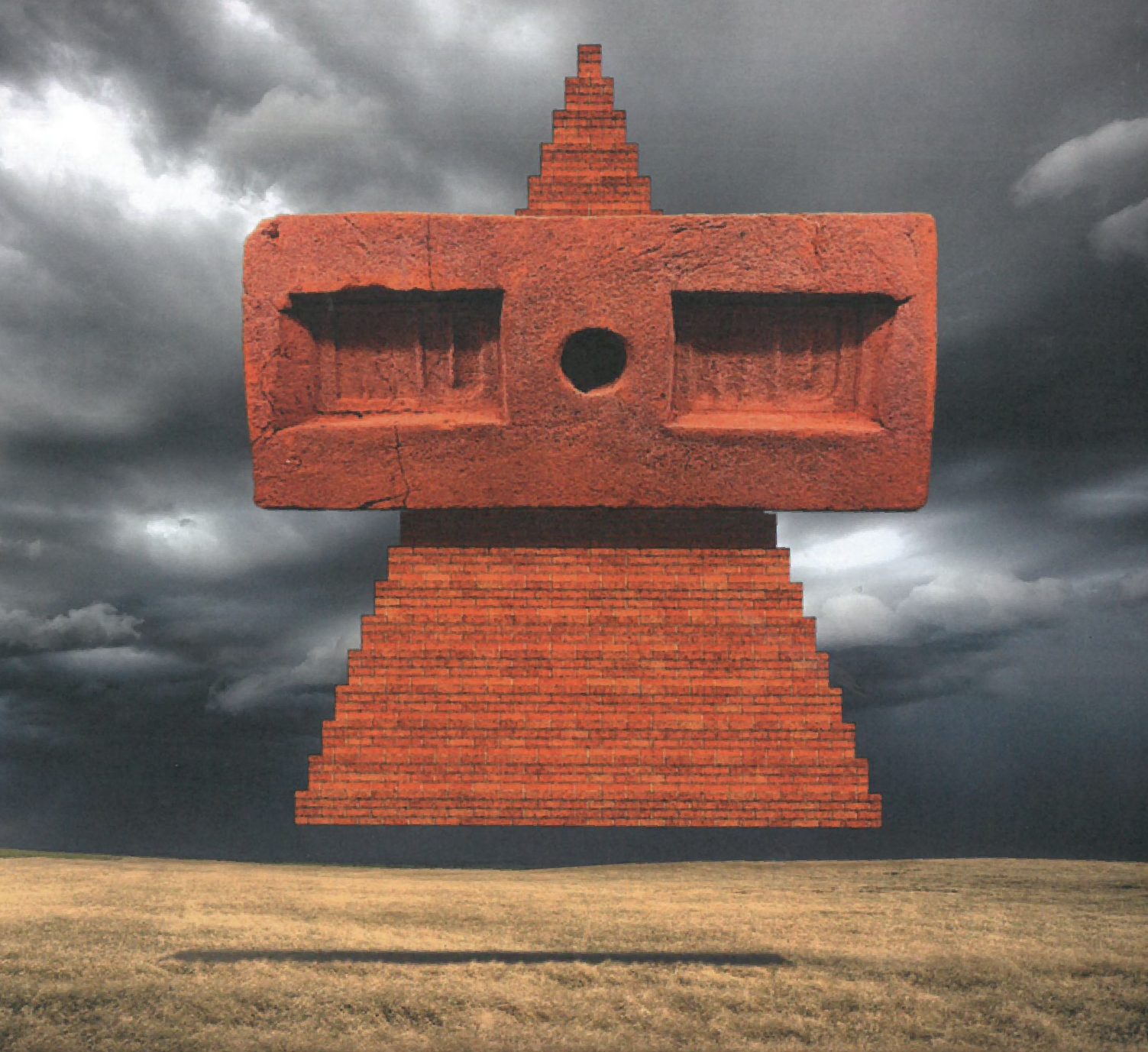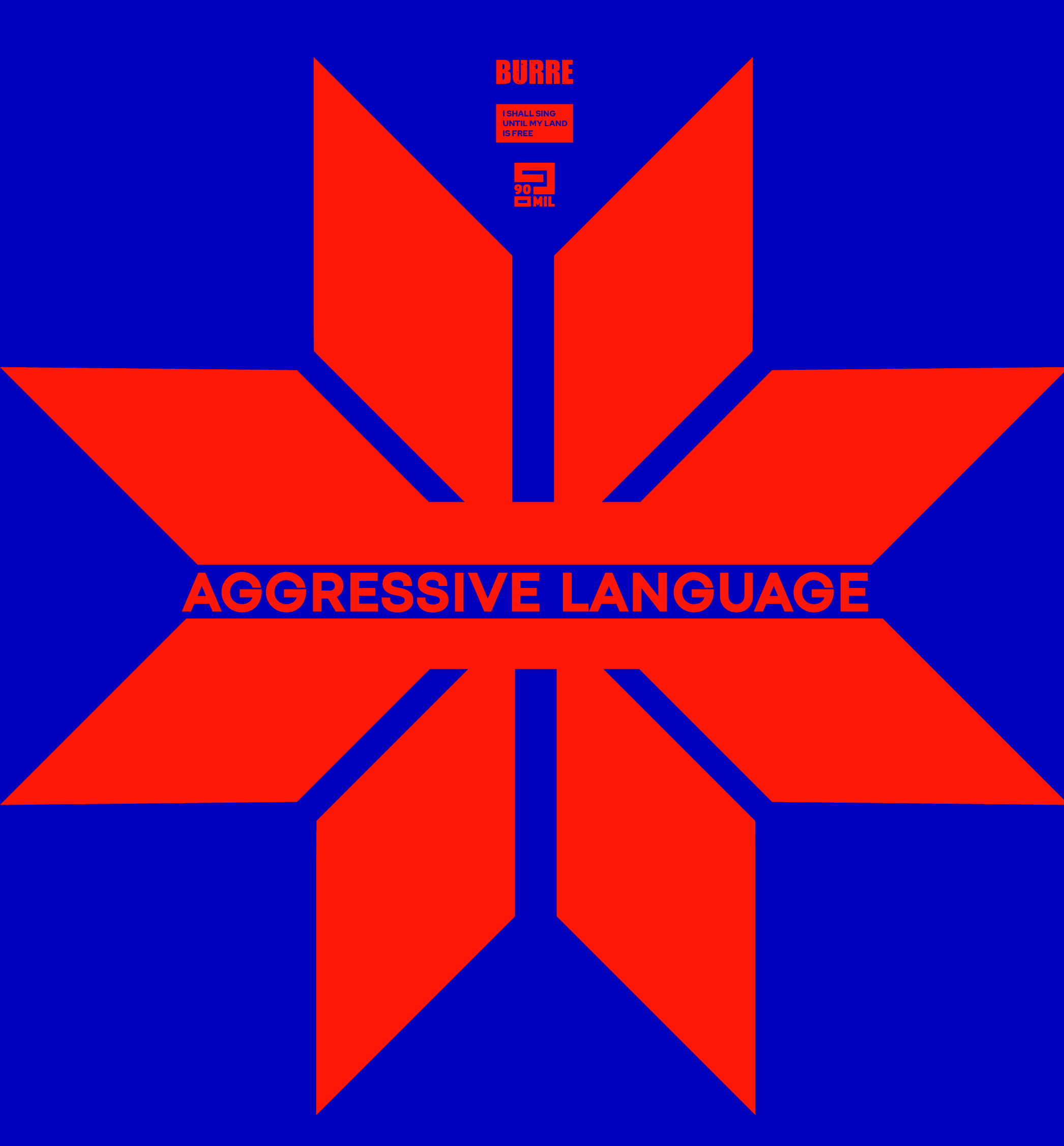Spike Island feature
By John Savage
Originally published in The Observer. 8 July, 1990
You can find the original article recently published on DJHistory here
“The 1990s have begun, and with the new decade comes a new pop generation. No one garment symbolizes this sea change more than the flared jean, that most proscribed of past styles. Flared, not from the knee but from the waist, these jeans are more than a simple generational challenge worn by people young enough not to remember the horrors of the early 1970s: they denote the looseness that is the hallmark of the new mood.
If recent pop culture, chasing the power politics of the time, has been largely exclusive and uptight, then the new mood is inclusive, relaxed, like a holiday at home. “The 1980s were cynical,” says Ian Brown, singer for the Stone Roses, whose new single One Love, is poised to enter the top 10. “People didnt want to participate. You can wake up in the morning and feel negative or positive. Why feel negative? Its better to be optimistic, to connect.”
Along with fellow Mancunians Happy Mondays, Inspiral Carpets and, most recently, the Charlatans, the Stone Roses have succeeded in codifying, for the pop charts and the media, a new pop bohemianism. This takes in equal parts from the social organization of the football terrace, from the holiday atmosphere of Ibizan clubs and from the mass transcendence of Acid House parties, updating the free spirit of the original hippies with a strong working-class favour.
All this activity has been conducted away from the capital, in a city now careering into over-exposure in the rock media. Today, Manchester is unrecognizable from its grey, depressed state of the late 1970s. A combination of local boosterism, civic investment and shrewd exploitation of its road and air communications has resulted in a city that, if not booming, is more solvent than gridlocked, over-mortgaged London. In the centres shopping precincts, the retail trade is buzzing. There is the smell of money in the air and the confidence that that brings.
In the boutiques of Afflecks Palace and the Royal Exchange, the predominant look is a mix of terrace fashion and psychedelia: the Merseybeat fringe, the cagoule and 24-inch baggies of the Northern Soul fan, are put together with wild Day-glo and ethnic styles. Op-Art fashions, which would not have looked out of place on the Kings Road in 1966, jostle with Brazilian shirts and old trainers: as House music blares from 20 different nooks and crannies, crowds flick through football shirts with the slogan, No Alla Violenza”.
Just past the domed public library, the rotting hulk of Queen Street station, derelict for decades, has been converted into gleaming G-Mex,a 7,000-seater exhibition and concert hall. A further 200 yards down Albion Street is Manchesters most celebrated night club, the Hacienda, eight years old this May. With its pin-sharp sound system and cutting-edge DJs like Mike Pickering and Graeme Park, the club has hosted two years of Acid House nights which, in their intensity, have redrawn the citys musical map.
If one group can embody Manchesters changes, then it is New Order, the group responsible for the recent chart-topping English World Cup theme, World in Motion. In their late 1970s incarnation as Joy Division, the captured the alienated, terrible glee of a decayed city; in 1983, they recorded one of the most important singles of the 1980s, Blue Monday, which fused a rock concentration on inner space with the pure pleasure of electronic American disco music.
In 1982, New Order and their record company the Didsbury-based Factory Records decided to reinvest in the culture which had created them and put money into a new, specially designed nightclub. An oasis of high-tech in the middle of a redbrick industrial archaeology barely changed since Friedrich Engels wrote Condition of the Working Classes in England, the Hacienda has created a space where things can happen. Inside its grey grilles, a young, multiracial crowd has sought an almost spiritual transcendence in the hallucinatory, high-energy sound of American House music.
“Manchester is more spacious than London, where you cant see more than 200 yards in front of you,” Ian Brown says. “And the city centres compact.” This freedom of movement is all-important to the Manchester groups: you can hear it in the slowed-down James Brown backbeat which, in hits by Candy Flip, the Stone Roses and the Happy Mondays, has become the years dominant rhythm. Large enough to support a cultural infrastructure, yet small enough to from a community, the city has fused styles from Ibiza, Chicago, Detroit and London into something recognizably, tantalizingly, new.
And that high profile is now part of the problem. If, according to insiders like the Haciendas Paul Cons, the atmosphere of this movement reached its peak a year or so ago, then what we are now seeing is the commercial take-up. The hedonistic politics of Acid House parties are being packaged in a more conventional pop format: not the confusing detail of anonymous, fast-moving black dance records, but identifiable white, guitar-based groups with a message.
If the Happy Mondays are the most archetypal with their gang-like, couldnt give a damn attitude, then the Stone Roses are the most obviously groomed for stardom. After years of scuffling, the group broke through with the release of their first album, The Stone Roses, in May 1989. Like Joy Divisions Unknown Pleasures or The Smiths The Queen is Dead, the album interacted with last years hot summer to capture the emotional experience of a new audience. With their mix of gentle tunes and violent lyrics, the eleven songs on the album helped map out a new romanticism: of travel rather than restriction, of sun rather than rain, of togetherness rather than atomized individualism topped with a healthy dose of class revenge.
This a volatile mixture, and the day before Spike Island, the group give a press conference which degenerates into a graceless shouting match: the world has come to Manchester and the citys subculture is buckling under the strain. Reacting to the prevalence of drug gang violence and a well-publicized death from Ecstasy within the club, the police are applying to have the Haciendas licence revoked. Elsewhere in the North-West, there is a concerted effort to close down. Acid clubs. If it is true that all the celebrants want to do is to party 24 hours a day, then simple good times are becoming harder to find.
Time!Time!Time! The time is now, Ian Brown shouts as the Stone Roses come out on to the massive stage at Spike Island. And, despite the extremely laid-back appearance of the concert crowd, there is a palpable sense of urgency in the air. The Manchester groups have succeeded in capturing and stimulating an ambience which is delicately balanced between ambition and solidarity, between radicalism and conservatism, between gentleness and violence. Now all this looks to be on the point of shattering under the alienating effects of media attention and individual success.
There is something else stirring. Spike Island occurs during the week that there is world recognition that global warming, caused by the greenhouse effect, is more advanced than previously thought. In the unseasonal heat, everybody can feel it. And the sheer size of the crowd had fresh implications after the events of 1989,as the group notes: Anything is possible, says Ian Brown. If Eastern Europe can change so quickly, so can England. Its strength of numbers. People coming together can always change things.”
John Savage
Originally published in The Observer. 8 July, 1990
Article very kindly supplied by the amazing djhistory.com – dance music’s basement.
“Call it a support group for vinyl-related Aspergers sufferers.Their aim remains the same as always: to document the rich history of dance music and to collect and share knowledge about fantastic music.”

















Must Reads
David Holmes – Humanity As An Act Of Resistance in three chapters
As a nation, the Irish have always had a profound relationship with the people of Palestine
Rotterdam – A City which Bounces Back
The Dutch city is in a state of constant revival
Going Remote.
Home swapping as a lifestyle choice
Trending track
Vels d’Èter
Glass Isle
Shop NowDreaming
Timothy Clerkin
Shop Now